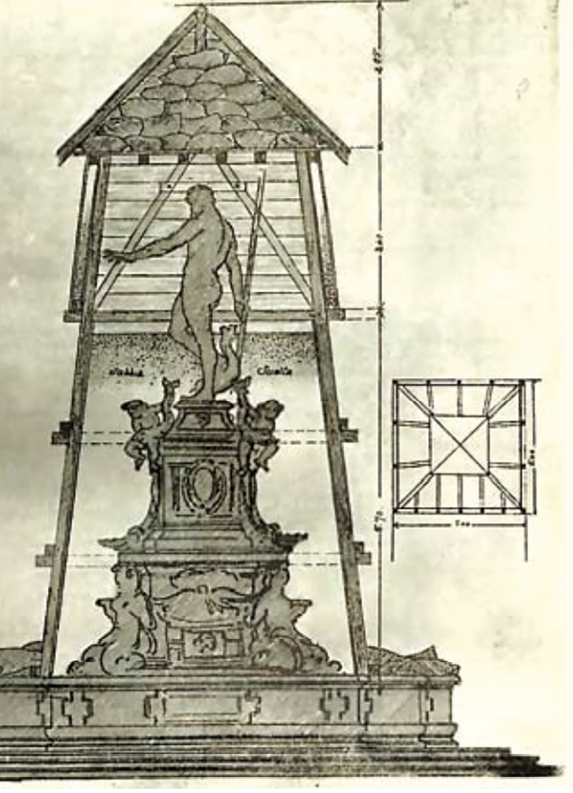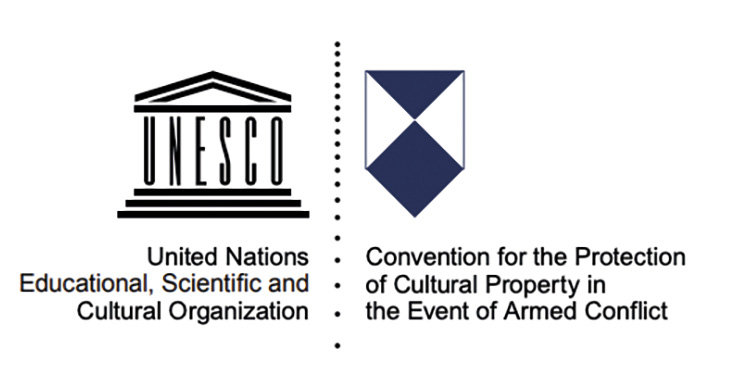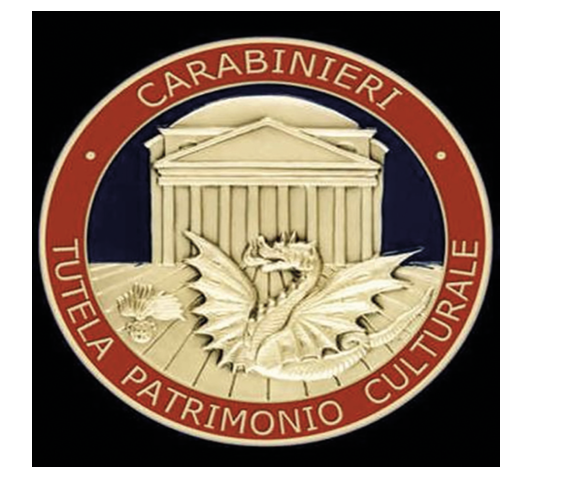The war in Ukraine has shown us images and revived times we thought were forgotten. Images of despair, death, and destruction. Among those, images of wrapped up monuments in almost deserted cities. These images bring back memories of old, faded photographs depicting monuments in Bologna during the two world wars: evidence of what was done to protect them but also evidence of the enormous damage caused by war. What would Bologna be like without the Fountain of Neptune or what enormous loss would we have suffered if the Archigymnasium no longer existed?

Armed conflicts are a major cause of damage and destruction to the world’s cultural heritage. Striking a cultural heritage asset achieves a military objective and contributes to the negation of the enemy’s identity and historical memory. Starting from the consideration that damage done to cultural property, to whichever people it belongs, constitutes damage to the heritage of humanity as a whole, since each people contribute to world culture, the UNESCO Convention for the Protection of Cultural Property in the Event of Armed Conflict, known as The Hague Convention, was adopted in 1954. The Convention stipulates that, from peacetime onward, states should prepare inventories and prepare protective measures.

The drawing of inventories is the first safeguard initiative to be taken since peacetime: cataloguing enables the preparation of appropriate preventive measures, the serious and timely activation of restoration and reconstruction works of damaged assets and rapid and targeted interventions to recover looted property, and to return them to public enjoyment. Measures to best secure assets from the foreseeable effects of armed conflict include, for example special protections against the danger of fire and collapse of buildings housing museums and archives, special packaging and storage for movable property, provision of shelters and organization of transportation in case of need, establishment of a civil service to put protection plans into practice in case of conflict, video-photographic recordings to enable restoration work.

Deliberate attacks on cultural heritage are considered true “war crimes,” and the destruction, appropriation, looting and vandalism against cultural property as well as the use of an asset under protection in support of military action qualify as offences to be repressed with appropriate punishment. Article 16 of the Convention provides for the use of a special protective symbol: the St. Andrew’s Cross. This symbol distinguishes both protected property and cultural property protection personnel who, like health and religious personnel, are granted protection status. Italy was the first country in the world to have a police institution dedicated specifically to the protection of cultural heritage: on May 3, 1969, the Carabinieri Command for the Protection of Cultural Heritage was established, a special department of the Carabinieri Corps which, functionally embedded within the Ministry of Culture as the Minister’s Office of direct cooperation, carries out tasks concerning the security and protection of the national cultural heritage through the prevention and repression of violations of the legislation for the protection of cultural and landscape heritage.





.png)